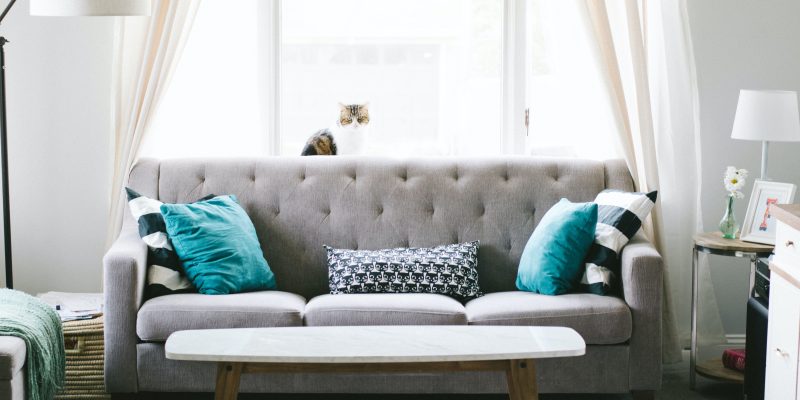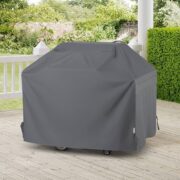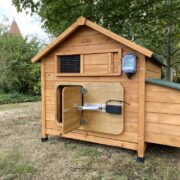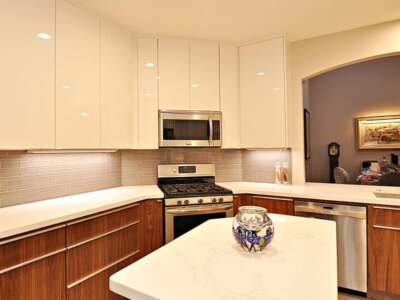The cost of your energy bills, the aesthetics of your home, and your own comfort level all play into which type of window you choose to install in your home. There are many different kinds of windows out there from single pane vinyl windows to floor to ceiling glass windows, and many in between, each with their own distinct features and benefits, but if you’re not sure what exactly you’re looking for, it can be hard to choose which one will work best for you. To make things easy, we’ve compiled a list of the most common types of windows and their respective advantages below.
Which type of window is right for your home?
Single pane windows
Most modern homes use single pane windows, which are typically made of vinyl or aluminium. The main advantage of these windows is their affordability. However, they don’t provide a great deal of insulation and can break easily. When choosing single pane windows, be sure to look for Energy Star-rated models that are at least 1 inch thick. These should qualify as a high-performance option that helps keep heat inside in winter and out in summer.
Double pane windows
The difference between single and double-pane windows may seem insignificant, but it’s not. Single pane windows are made from a very thin layer of glass, which means it doesn’t do a great job of insulating homes. In other words, you can enjoy cool summer evenings on hot days and warm winter days in an enclosed patio when it’s cold outside. Plus, there are certain areas with frequent wind where a single pane might be necessary to prevent damage. Double pane windows feature two layers of glass that help keep energy efficient air in (and noise out) while keeping heated or cooled air inside. This means your energy bills will be lower since more heat or cold stays where you want it—inside your home. If you live in an area prone to hurricanes, tornadoes, or high winds, consider installing hurricane impact windows. These types of windows are designed to withstand high winds and flying debris by featuring either laminated or tempered glass. And if you have children at home who like playing around near open windows, safety film is another option worth considering. It’s affordable and easy to install yourself so you can protect your kids without having to worry about shattered glass all over your floors.
Triple pane windows
Homeowners in cold climates or those who prefer to keep their heating costs down will want triple pane windows. The R-value of these windows (their insulating power) can be 3 or 4 times higher than that of double panes and they also have lower U-values, meaning they won’t trap as much heat. These are ideal in climates where you need a strong barrier against cold drafts while saving on energy bills at the same time. However, they do have some downsides: triple pane windows aren’t cheap and some homeowners complain about them being difficult to open and close due to their weight.
Solar window heaters
The latest development in solar technology involves adding heating elements to windows, which collect and store heat from sunlight. The technology that makes these windows possible has been used by NASA on spacecraft to keep instruments warm during frigid missions. And now it’s making its way into homes, providing an easy way to heat rooms without using fossil fuels or expensive electricity. The added bonus: These solar-powered heaters are 100 percent eco-friendly. If you have a sunny spot on your south-facing or west-facing window, consider installing a solar panel that can not only provide you with free energy but also help you reduce your carbon footprint and save money on heating costs. You’ll never want to turn up the thermostat again.










Comments